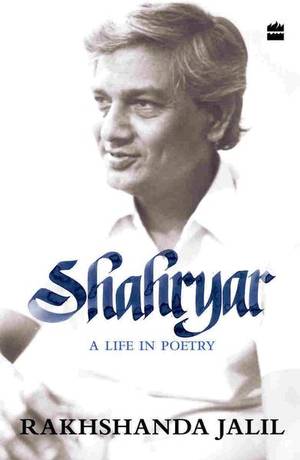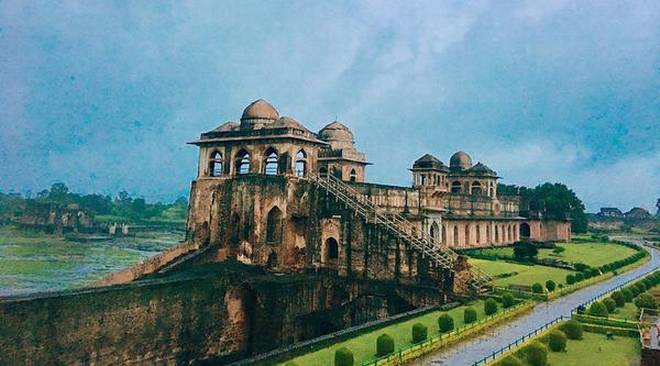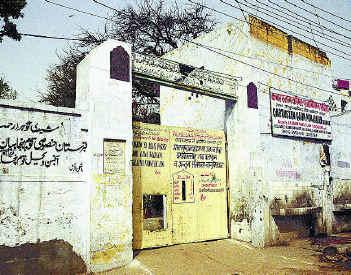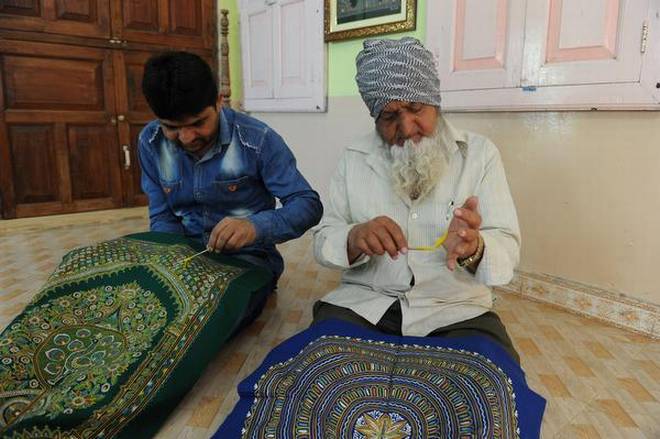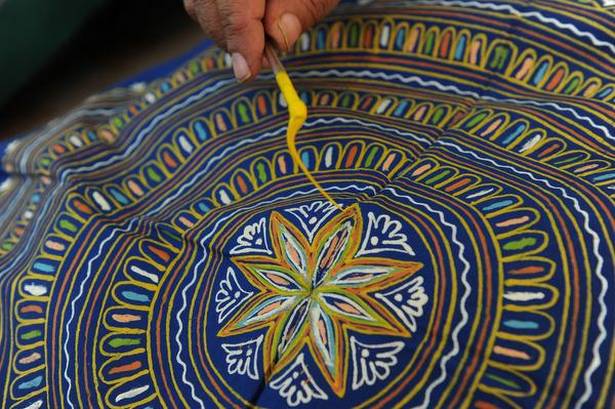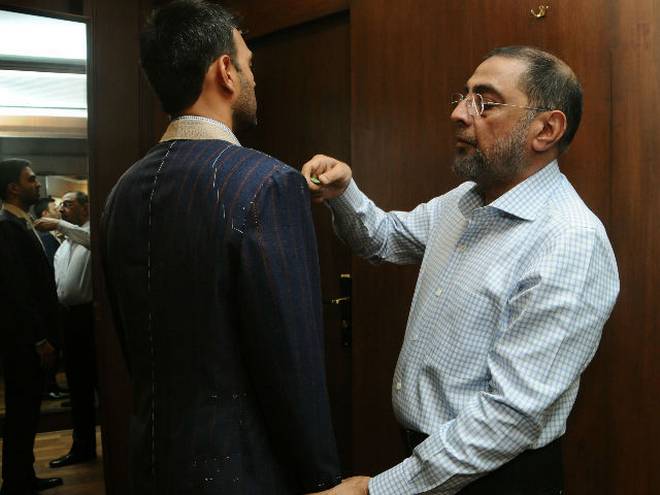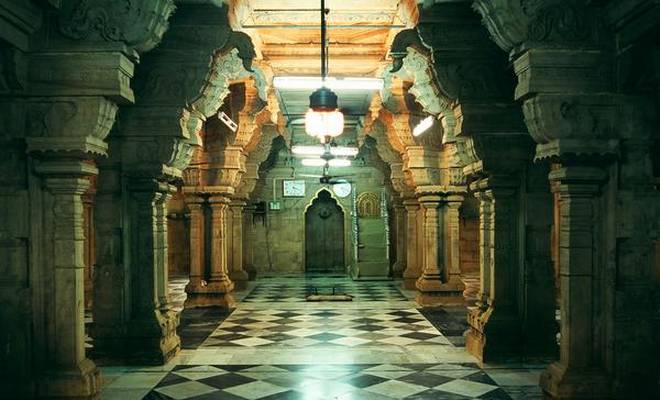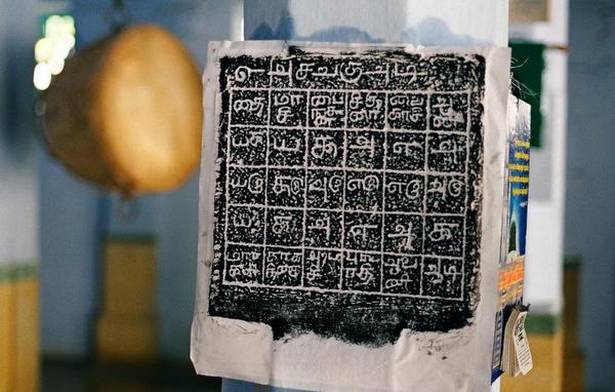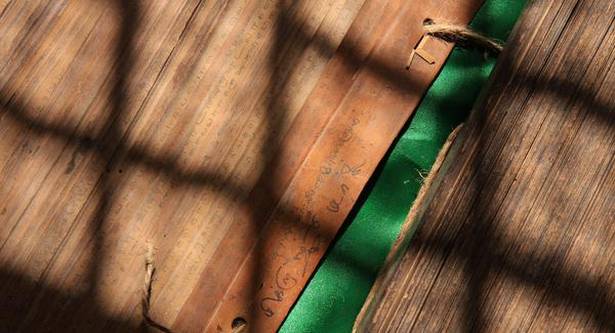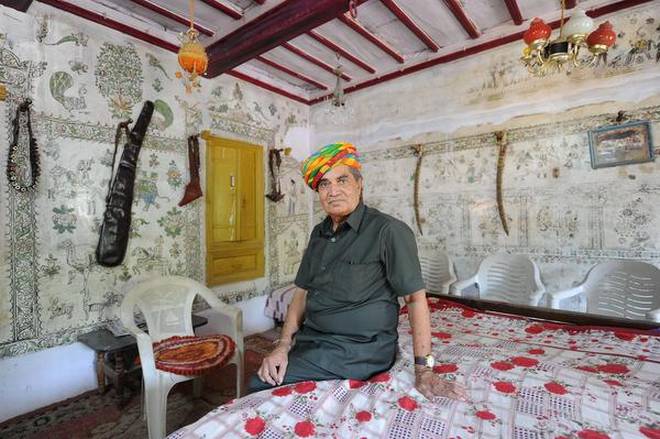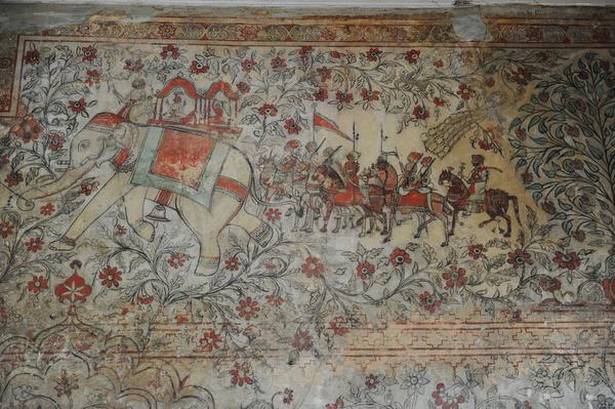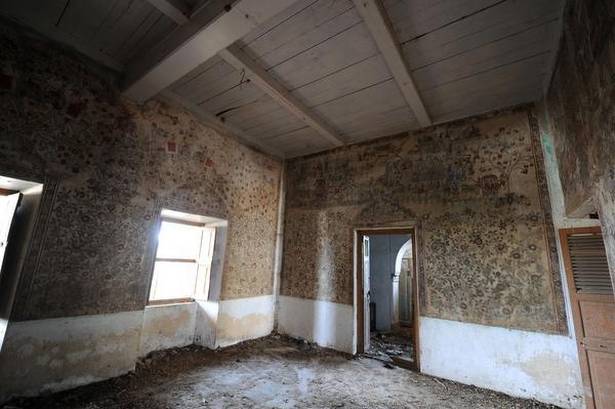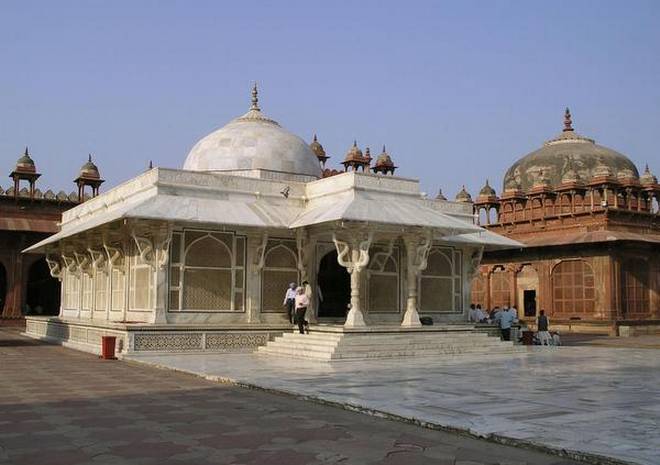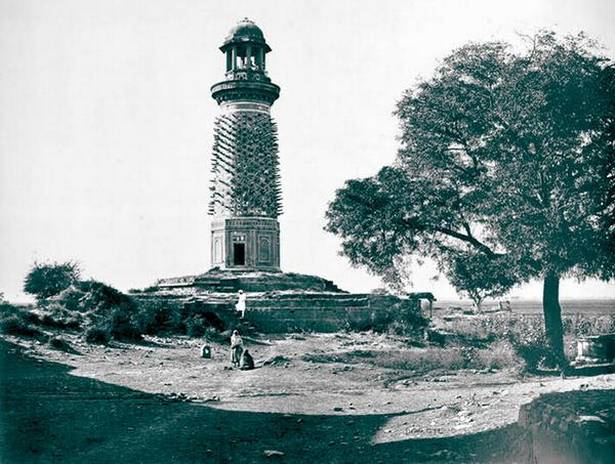You absolutely love that one shirt on display at the store; it’s even available in your size. Just to be safe, you try it on, and to your indescribable disappointment, find that it’s either too narrow at the shoulder or the collar is cutting off your airway or it doesn’t fit around your waist because it’s that dreaded slim cut. And that’s the reason why more and more men are opting to get their clothes tailored, and not just at the corner tailor store, but of the bespoke kind.
But what does bespoke mean exactly? While the dictionary definition is ‘made to order’, in the world of bespoke tailoring, it’s not as simple as that. Unaiz Ahmed of Syed Bawkher & Co in Nungambakkam, says, “It stems from the word ‘bespeak’, which means to be spoken for. It is expressly made to fit one particular man, right from the fabric and pattern to the cut. And it’s not to be confused with made-to-measure, which is derived from a standard block pattern and has superficial adjustments made to it. It won’t account for a peculiar drop of the shoulder or waist. It has limitations, while bespoke tailoring takes all this into account.”
This is one of the main reasons why men prefer to have their suits custom-made to their requirements. “Fit has become an important criteria. In the business world, it’s not very important to wear a suit now; those who do wear them want to have a unique one that showcases their personality and individuality. They also do their research and know what they’re looking for,” says Unaiz.
He knows what he’s talking about: his family has been in the bespoke business for four generations now. As he speaks about his education in London, and under the tutelage of his father, Unaiz deftly marks out a pattern on the material of a dark blue suit. “The person who measures and the person who marks and cuts the material should be the same. Two people can have the exact same measurements but completely different body types. That connection is needed to create the perfect garment,” he says.
Generally, the process of creating a bespoke suit, shirt or trousers can take two to three weeks, depending on the time of the year. First, there’s the consultation, where the client decides what he wants. Depending on the budget and occasion for which he will be wearing it, the tailors will recommend fabric, colour, style and cut. Based on this, extensive measurements are taken. About a week later, the client comes in for a trial fitting when adjustments are made as required. In another week’s time, when the garment is almost finished, there’s a second fitting. Once all the final tweaks are made, the finished product is delivered. All the garments are hand-stitched.
If it’s a wedding, a lot of men go in for tuxedos or bandhgalas. Dark, formal prints are best for lounge suits and business meetings, while lighter shades are preferred for luncheons and summer outdoor weddings. Bespoke pieces usually go by classic cuts and not by trends, and tend to focus more on what looks good for a person’s body type. For a slim and tall person, a sleek and athletic cut will work. Shorter men get a more relaxed cut, and if they are stout, pleated trousers are suggested to give a flattering look.
Prices range from Rs. 35,000 for a basic suit and can go up to Rs. 3 lakh, depending on the fabric used, with cashmeres, vicunas, super 200s and fine counts leaving your wallet considerably lighter than the 120 count fabric from Indian mills would. On an average, a suit can cost anywhere between Rs. 55,000 and Rs. 75,000 at this premium store. Behind Unaiz hangs a pale pink linen jacket. “That one is going to New York; our client wants to wear it for the summer,” he says, adding that men are more comfortable with experimenting with their clothing abroad than they are here in Chennai.
However, this is changing, feels Tushar Bansal of Mandira Bansal Studio. The label, which was founded in 2011, has recently launched its design studio in Alwarpet. He shows some examples of how customers are subtly taking their style quotient up a notch: a waistcoat with The Simpsons print lining, a Nehru jacket with a woven design on the collar and another with a translucent houndstooth fabric overlaid on a cream and pink print material. They have also created a monochrome Madras print on request from a client; it features an autorickshaw.
“We also do bespoke kurtas and sherwanis. Not only do clients want a better fit for their wedding wear, they’re not content with off-the-rack pieces. Men have become more conscious about their look; comfort and a personalised touch is what they look for. They pay attention to every minute detail, from the buttons used, to the colour of the thread and the cuffs,” says Tushar, whose clientele is largely from the North Indian community in the city.
Tushar finds that it’s not the younger crowd that does the experimenting. “The more travelled clients who are aware of fashion trends and have met people who push the envelope when it comes to personal style are the ones who are ready to play around with their ensembles,” he says.
Machine-stitched bespoke suits come in the range of Rs. 15,000 to Rs. 18,000, while the same when hand-stitched costs double — it’s labour-intensive and takes 12 days for a single suit to be finished. Sherwanis made of fine fabrics like georgette, net and pure brocade are hand-embroidered at the studio, and can cost upwards of Rs. 35,000.
At Bespoke by Lazaro on Khader Nawaz Khan Road, clients come in asking for very specific detailing on their shirts. “Those who have the confidence to carry off bold colours are the ones who go for it. Otherwise, it’s generally charcoal, greys and blues,” says Tamsil Ahmed, business partner of the firm. Shirts here cost between Rs. 1,500 and Rs. 2,500, while suits go from Rs. 11,500 to Rs. 45,000. Indian brand material on average cost Rs. 1,600 per metre, while Italian and other international brands, retail at Rs. 7,000 to Rs. 10,000 per metre,” explains Tamsil.
“There’s a noticeable difference between a tailored shirt and a bespoke one. Some of our clients are fitness freaks and they don’t get readymade shirts that fit very well. Here, we can give them a garment that shows off their physique,” he says. And when it comes to suits, Tamsil says that accessories like cufflinks, tie pins and pocket squares add an extra dimension to the look. For those particular about their footwear, this store also offers bespoke shoes, ranging from Rs. 7,000 to Rs. 12,000.
It’s not just for occasional wear that men are going in for bespoke clothing. S. Mohamed Sultan Shabeer, a 35-year-old industrialist, is a recent convert to the trend. “I used to get my shirts tailored online, but I wanted better options. A friend recommended I go in for bespoke, so I ordered a couple of shirts and a pair of trousers for trial. I could see and feel the difference immediately and a lot of people commented favourably on my appearance,” he says, adding that he immediately went in for a wardrobe overhaul, ordering 30 shirts at one go.
While Shabeer prefers Egyptian and Italian fabrics, Nawaz, director of a trading company, goes in for linens most of the time. “The fact that I have control over every step of how my clothes are made is what appeals to me. I can get exactly what I want and I don’t have to compromise on anything,” he says. “When I first tried bespoke clothes a few years ago, I did not have the patience. But now, I enjoy the interaction and the process that goes into it,” adds the 43-year-old.
“With more clients going in for bespoke, designers are also working towards giving the same personalised service at a lesser price,” says Tushar.
There’s no doubt about it; men are willing to spend some serious coin when it comes to looking dapper. Unaiz says it’s for the experience of getting something made exclusively for you, a one-of-a-kind piece that no one else in the world has.
source: http://www.thehindu.com / The Hindu / Home> Fashion / by Susanna Myrtle Lazarus / Chennai – April 24th, 2015
